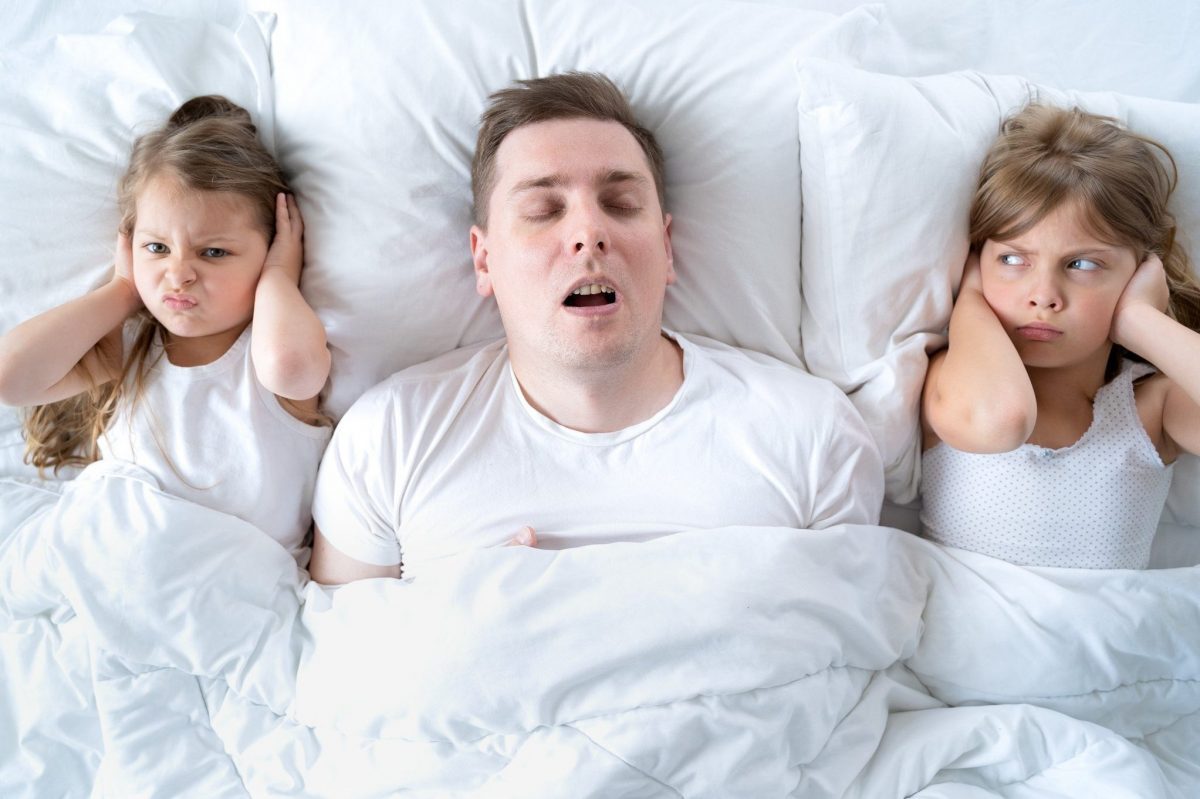
08 Mar Understanding Upper Airway Resistance Syndrome (UARS)
Among the major sleep disorders is sleep apnea, a well-known disorder that causes affected individuals to stop breathing periodically during the night. A lesser-known condition exists, however, that is gaining more and more attention: Upper Airway Resistance Syndrome (UARS), a sleep disorder often paired with additional symptoms such as insomnia, headaches, and gut disorders. Unlike sleep apnea, UARS affects more women and children than men. Read on to learn more about UARS, common symptoms, and treatment options.
Upper Airway Resistance Syndrome

To understand UARS, it helps to first understand sleep apnea. Sleep apnea occurs when affected individuals are sleeping; the muscles in the throat relax and cause an obstruction in the airway that interrupts the breathing process. The length of time the individual goes without breathing fluctuates depending on how long it takes for them to wake up and restart the breathing cycle again.
Repeated interruptions to breathing in the middle of the night do not lend to quality sleep. As a result, patients with sleep apnea (an estimated 22 million Americans) will find themselves tired throughout the day and easily fatigued with any light physical effort.
Like sleep apnea, patients with UARS suffer from breathing interruptions and subsequent daytime tiredness. Unlike sleep apnea patients, however, those affected by UARS often have a host of other conditions that have a compounding, negative effect on quality of life.
People with Upper Airway Resistance Syndrome have difficulty falling asleep, difficulty staying asleep, headaches, gastroesophageal reflux, irritable bowel syndrome, and anxiety. In addition, they tend to have low blood pressure when standing up, resulting in a feeling of light-headedness or outright fainting.
As Upper Airway Resistance Syndrome can contribute to worsening anxiety and depression, identifying and resolving it can be an important step in promoting the healthy psychological development of children and adolescents.
Treatment Options For UARS
Since it was first named in 1993, physicians have made significant progress in identifying and treating UARS. The treatment options are similar to those of sleep apnea.
For adults, the most effective treatment is the usage of a CPAP machine. However, as these machines can be difficult for some to tolerate, other options include surgery, oral appliances, learning to sleep on the side rather than the back, and weight loss. Obesity is a common cause of Upper Airway Resistance Syndrome (along with other associated disorders), making weight loss a potent step toward better wellbeing all-around.
For children, physicians will most often look at the surgery option first. Removing both the tonsils and adenoids can create a sufficient-enough gap for air to travel without obstruction even when the throat muscles relax. Sometimes, additional surgery or oral prosthetics may be necessary to enable the steady flow of breath. Like adults, children can also use CPAP machines to avoid surgery or mouth prosthetics.
If you or someone you love is experiencing excessive daytime sleepiness, perpetual anxiety or depression, and sudden loss of blood pressure when standing, a sleep disorder such as Upper Airway Resistance Syndrome may be the cause. Talking to a family physician can start the ball rolling toward better sleep and better health.
